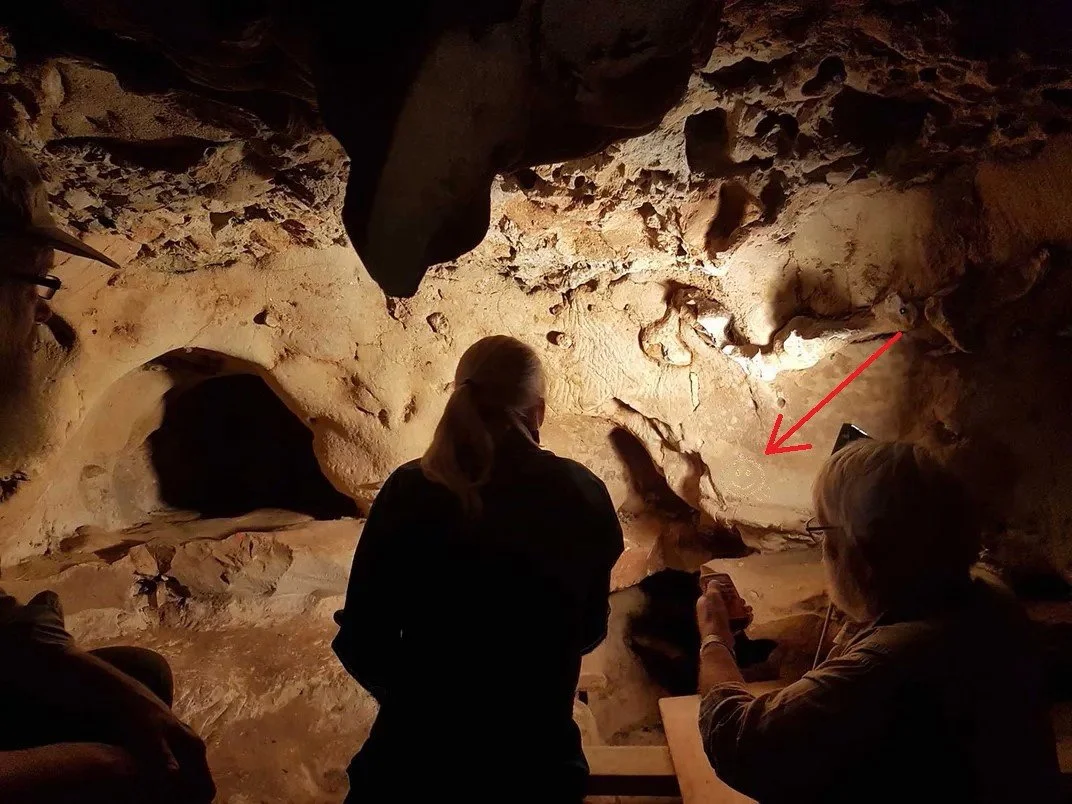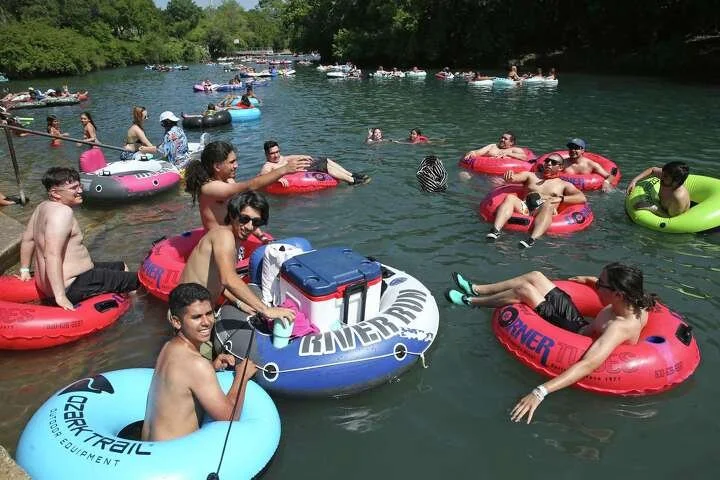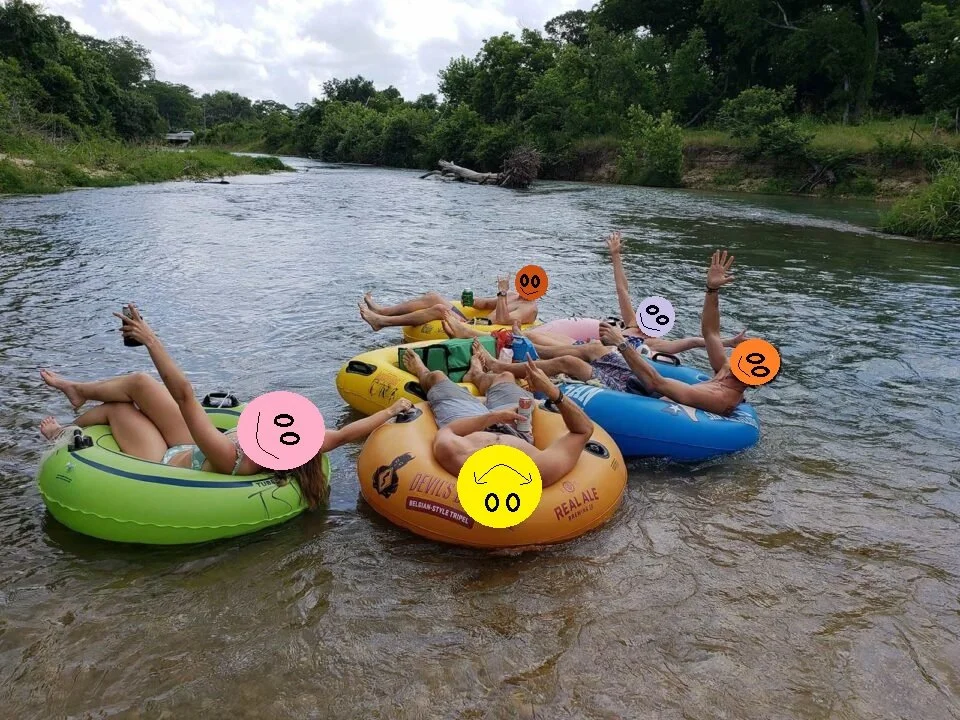History Repeats
When was the first beer float?
History Repeats by Corliss Buenavida
If you have spent any time at all reading these blogs you will have seen many images featuring a smiling face. The iconic yellow and black circular Happy Face was popularized in the 1960s.
In 1972, Franklin Loufrani, a French journalist, was somehow able to obtain a ‘smiley’ Trade Mark, which eventually became the foundation for The Smiley Company, that has been a licensing operation worth millions in revenue annually ever since. It is the basis for many of the most popular emojis which we use in our daily communication.
Clearly evidence shows many smiling face images existed prior to that. Until recently the earliest recorded drawn happy face was found by a team of archaeologists led by Nicolò Marchetti of the University of Bologna. He and his team pieced together fragments of the cheerful artifact which is a Hittite pot, dating back to approximately 1700 BCE, found in Karkamiş, Turkey, near the border with Syria, at the site of a famous biblical battle where Lawrence of Arabia once dug. After the nearly 4000 year old pot had been pieced together, the team noticed a large smiling face engraved on it.
This historic image has recently been blown out of the water by new cave studies in France’s Loire Valley. By dating deep sediment layers that had buried the cave’s entrance it was revealed that the engravings were sealed inside at least 57,000 and possibly as long as 75,000 years ago—long before Homo sapiens arrived in this part of Europe.
This study only began in 2023 so details are still being analyzed but insiders have leaked these Neanderthal carvings include a new first ‘Happy Face’ drawing by a cave dweller who appears to have signed his work as Gruk.
That’s your smiley history lesson.
Just a mere 11,000 years ago, cave drawings in Norway revealed a boat shaped vessel which appears to be seal skin stretched over a wooden frame, but it is likely just a matter of time before something from an earlier era is found.
Consider, even a Neanderthal would recognize that wooden logs float and if you hold on to that log, you float too.
It is documented that pre-Columbian rafts plied the Pacific Coast of South America for trade from about 100 BCE, and possibly much earlier. Due to the nature of the organic materials used for construction, none of the prehistoric rafts have survived and the exact characteristics of their structure and the geographical extent of their voyages are uncertain.
We do however know that these craft were capable of travelling significant distances as notably re-enacted in 1947 by Thor Heyerdahl on his Kon-Tiki raft.
That’s your flotation device history lesson.
The account of alcohol consumption goes back much further although true evidence of Stone Age jugs deliberately containing fermented beverages only dates back to the Neolithic period which began about 12,000 years ago. Prior to then, the earliest ‘cups’ weren’t manufactured at all. Our ancestors likely used readily available natural objects to scoop and drink water. Large round leaves, shells, and cupped hands served as rudimentary drinking vessels.
As early humans began to settle and develop more complex societies, the need for more durable and reliable containers grew. This led to the first intentional creation of drinking and storage vessels.
This doesn’t mean earthlings were not consuming alcohol before this time. They were a hunting and gathering society which means during foraging, Gruk and his kind, would often come upon naturally fermenting fruit. If they could endure the taste they would feel the effect. If they liked the effect, and my guess is some of them did, they would search out the fruit in this state and possibly assemble it into naturally occurring hollowed out rock ‘bowls’ from which they could scoop out a handful of ‘juice’ whenever they felt the urge.
That is your lesson in the early consumption of ‘enhanced’ beverages.
How these three rich histories come together is told in pre-Incan folklore about a rare coming of age ritual, Warachikuy, conducted by a disparate sub-tribe of river dwellers. For the rite, individual young men and possibly women too, were instructed to trek up river with just a curved knife often carved from stone, known in the Inca language (Quechua) as a tumi; and, a gourd filled with Chicha de jora, a corn based beer or stronger alcoholic drink. Upon reaching a special location, the Lampa, they had to lash together a chair shaped raft and then float back down to their village under the influence of the special concoction.
Trippy man!
History appears to be repeating itself with similar modern rituals performed all over the world regularly today.
If you care to search, you will find in many warm weather locations, float operators who usually have a base on a river or lake and provide floats for rental or purchase as well as shuttle services to get you to a launch point or back to the start. Floats may run up to an hour in duration and can be done multiple times a day. Some allow beer however they usually only let you use reusable containers, i.e. no cans or bottles.
There are also many ‘somewhat organized’ single day float events with huge flotillas like the Kaljakellunta held annually in Finland.
As I always say, beer float is just a metaphor for your own personal practice of finding your version of chill. If it is on the water, it doesn’t need to include a beer. I have plenty of friends who don’t drink but still enjoy a float.
Whatever your case, this world can be harsh, so allocating some time to getting away from it all is well worth it.
For me, there ain’t nothin’ like the real thing, baby!
Lash your gear together, put on a happy face and get out for a calm moment on the water!
Corliss
beerfloat.calm = beerfloat.net not beerfloat.com











